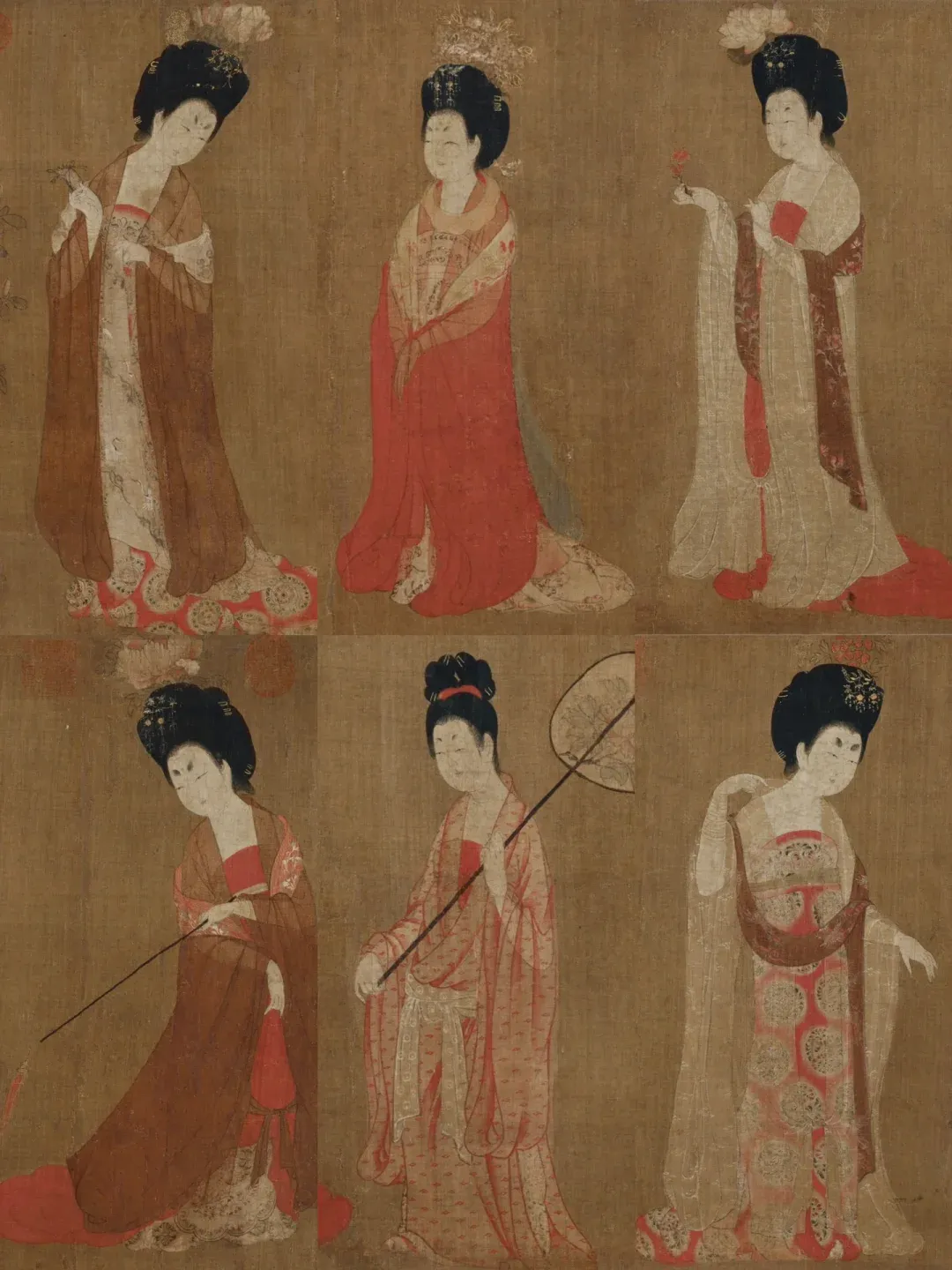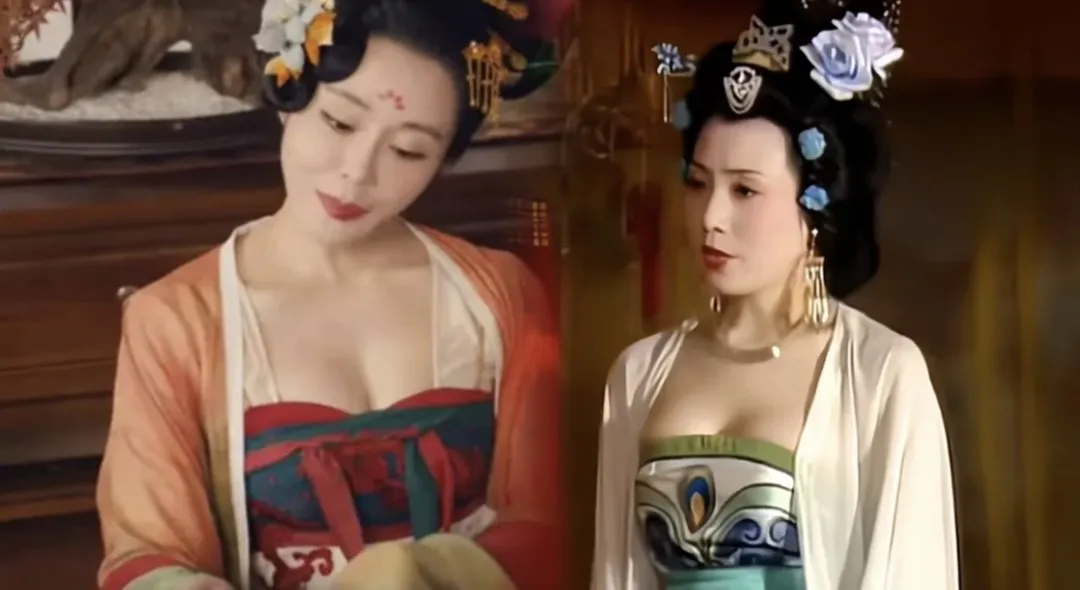The traditional chest wrap dress, once a staple in early historical dramas and photo studios, has become increasingly rare in contemporary films and TV shows. Why is this the case? Let's start with the conclusion. Many people refer to it as the "Hezi dress." Today, there are numerous choices when it comes to clothing styles and patterns, so there's no need to obsess over controversial designs like the Hezi dress.

Absence of Physical Evidence
First, there is no physical evidence to confirm the exact style of the Hezi dress. Its existence is only hinted at in literature, particularly through mentions of its key component, the "Hezi." Second, the most famous depiction of the "Hezi dress" is in Zhou Fang's painting "Court Ladies Wearing Flowered Headdresses," which is believed to date back to the Five Dynasties period. The term "Hezi dress" is a modern invention, as it does not appear in historical records. Although "The Complete Collection of Chinese Textiles and Costumes" mentions the long wrap dress worn by women in the painting, paired with a thin gauze robe, it does not refer to it as the "Hezi dress."
Historical Origins of Hezi
The Hezi dress was once a popular representation of the Tang Dynasty in early films and TV shows, influencing modern perceptions of Tang aesthetics. However, while "Hezi dress" is a modern term, "Hezi" itself has historical roots, first appearing in unofficial Song Dynasty records. For example, Gao Cheng's "Records of the Origins of Things" mentions, "The imperial concubine privately met An Lushan, and her fingernails scratched her chest and breasts, so she wore a Hezi to cover it." Later, Ming Dynasty scholar Tian Yiheng described the Hezi in "Daily Notes" as a type of undergarment that wraps from the back to the front, also known as the "happy union wrap skirt."
Interpretations of the Hezi Dress
Currently, there are two main interpretations of the Hezi dress: one where the Hezi is a separate chest wrap worn with a high-waisted dress, and another where the Hezi and skirt are combined into a single piece, often resembling a wrap dress (the more common style today). While there is no physical evidence of the Hezi, its literary traces suggest it was part of historical fashion. However, interpretations based on ancient paintings should not be considered strict representations of traditional Hanfu, as they often include artistic liberties. The mainstream attire for Tang Dynasty women was more akin to the robe-and-skirt style shown in historical images.
Promoting Hanfu Culture
In promoting Hanfu culture today, it's important to distinguish between historically accurate garments and those inspired by ancient art. The Hezi dress, while not a traditional Hanfu with archaeological backing, is a retro - inspired element. As long as the distinction is clear, wearing a Hezi dress can still be a meaningful expression of cultural heritage.



